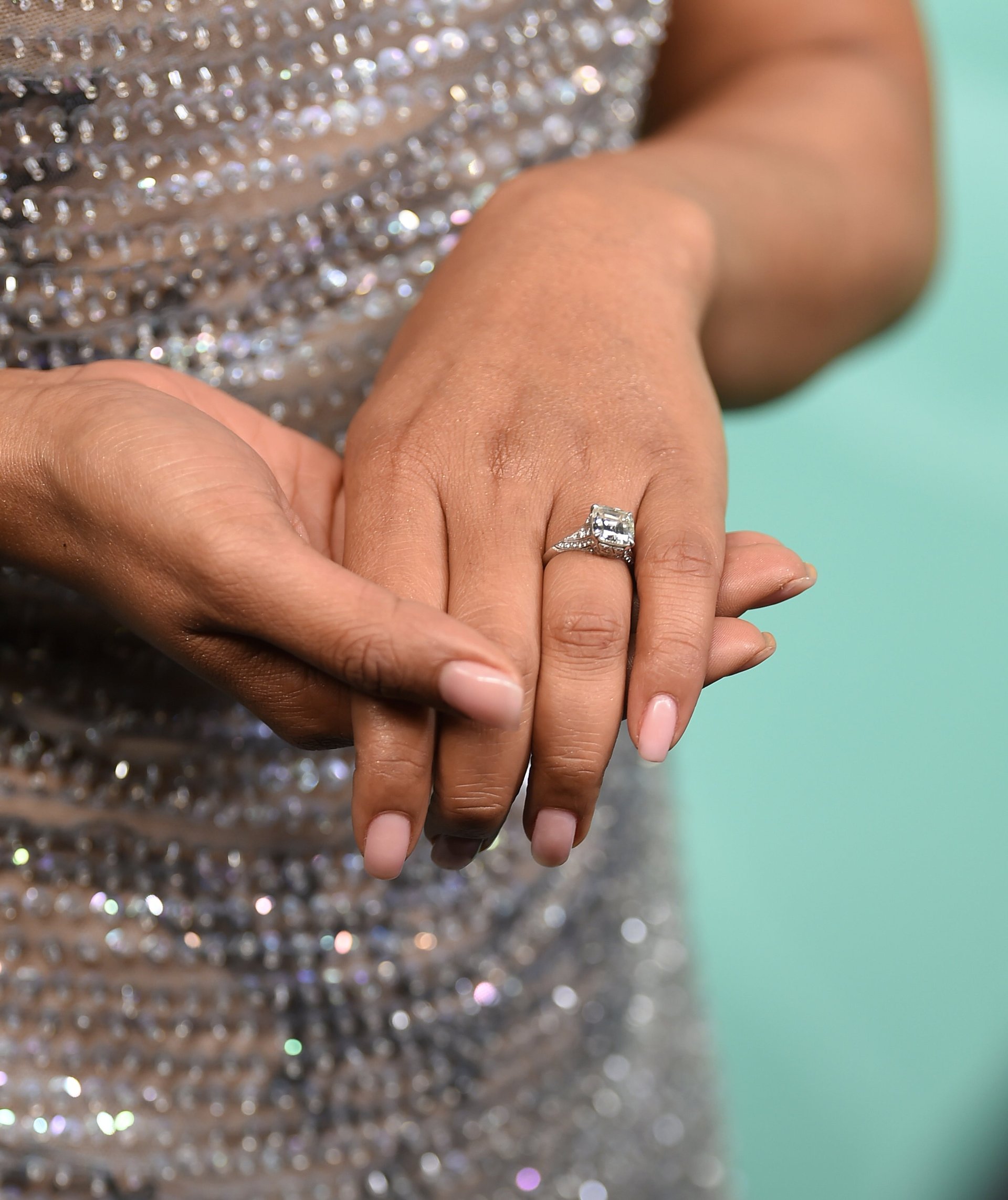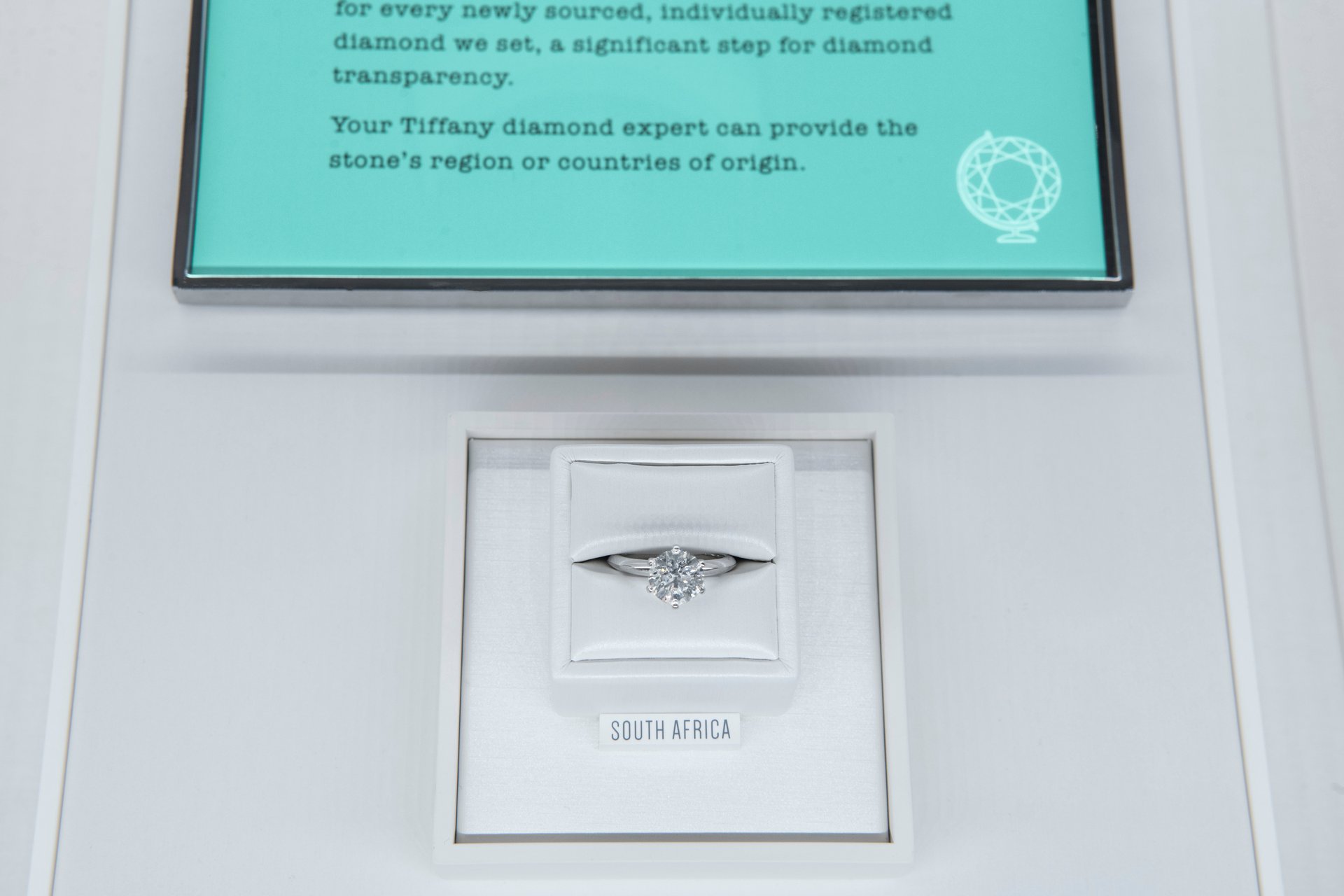What does Tiffany’s new diamond-transparency pledge really mean?
Although diamonds are graded for their clarity, the stories behind the stones can be maddeningly opaque. For many consumers, a diamond engagement ring is the most expensive accessory they’ve ever purchased—and one that’s heavy with totemic weight—so it stands to reason they would want to know its origins, especially if they’re the sort who pay extra for fair-trade coffee, organically grown kale, or artisan-knit sweaters. Diamonds, after all, have a well-documented history of helping finance unspeakable violence in war-torn countries and lining the pockets of corrupt billionaires.


Although diamonds are graded for their clarity, the stories behind the stones can be maddeningly opaque. For many consumers, a diamond engagement ring is the most expensive accessory they’ve ever purchased—and one that’s heavy with totemic weight—so it stands to reason they would want to know its origins, especially if they’re the sort who pay extra for fair-trade coffee, organically grown kale, or artisan-knit sweaters. Diamonds, after all, have a well-documented history of helping finance unspeakable violence in war-torn countries and lining the pockets of corrupt billionaires.
Now, Tiffany & Co., the famed New York silversmith-turned-global-jewelry juggernaut, which introduced its signature engagement ring over a century ago, is trying to reach those conscientious consumers with a new diamond-sourcing initiative that aims to bring transparency to its supply chain.
For now, it’s doing that simply by adding another “C” to the certificate that comes with a Tiffany & Co. diamond. In addition to receiving information about their stone’s cut, color, clarity, and carat weight, a customer will also learn its country of origin. That seems the very least a person spending several thousand dollars for an engagement ring could expect. But the level of transparency in the diamond industry is typically low. Stones often change hands several times before they reach the consumer-facing dealer or jeweler, and shoppers curious about where a diamond was mined might be met with little more than a shrug, or a vague assurance of ethical standards.
The fifth “C”

“We’ve been building this information over a long period of time,” says Andy Hart, who oversees Tiffany’s relationships with mines in Botswana, South Africa, Namibia, Botswana, Russia, and Canada. The validity of Tiffany’s new certificates of origin depend heavily on the company’s trust in its partnerships with these mines, which Hart says is decades in the making. “We’ve been there to see them, we understand their processes and their systems, and we’re confident in the security of their supply chains,” he said.
The diamond supply chain is incredibly complex. After Tiffany purchases rough stones from the mines, it sends them to Belgium where they’re sorted, assigned serial numbers, and then onto factories in Cambodia, Vietnam, Mauritius, or Botswana for cutting and polishing. From there, they go to Pelham, NY, where they are laser-etched with a serial number attached to information about this path before heading to stores and the famous little blue boxes.
Hart says the new certificate’s appeal is less about specific provenance than peace of mind. “I don’t think we’re going to have a situation where diamonds from one of the sources are become more interesting than another,” he says. “The main point is that Tiffany is doing the due diligence. We’re controlling the supply chain. We know where the diamonds come from. We know the environmental and social conditions under which they came to be, and we’re ensuring all that information.”
Making it mainstream
The initiative seems designed to help Tiffany compete for conscious consumers with diamond sellers such as Brilliant Earth, which also categorizes diamonds by their country of origin; CanadaMark, which certifies that its stones originated in one of three mines in Canada’s Northwest Territories; and the Diamond Foundry, which touts its lab-grown diamonds as an ethically sound alternative to mined stones.
Hart says what differentiates Tiffany’s sourcing initiative from others is sheer scale. Indeed, Tiffany’s size and brand recognition is one of its biggest selling points—and what makes this small step toward transparency a significant move for the industry.